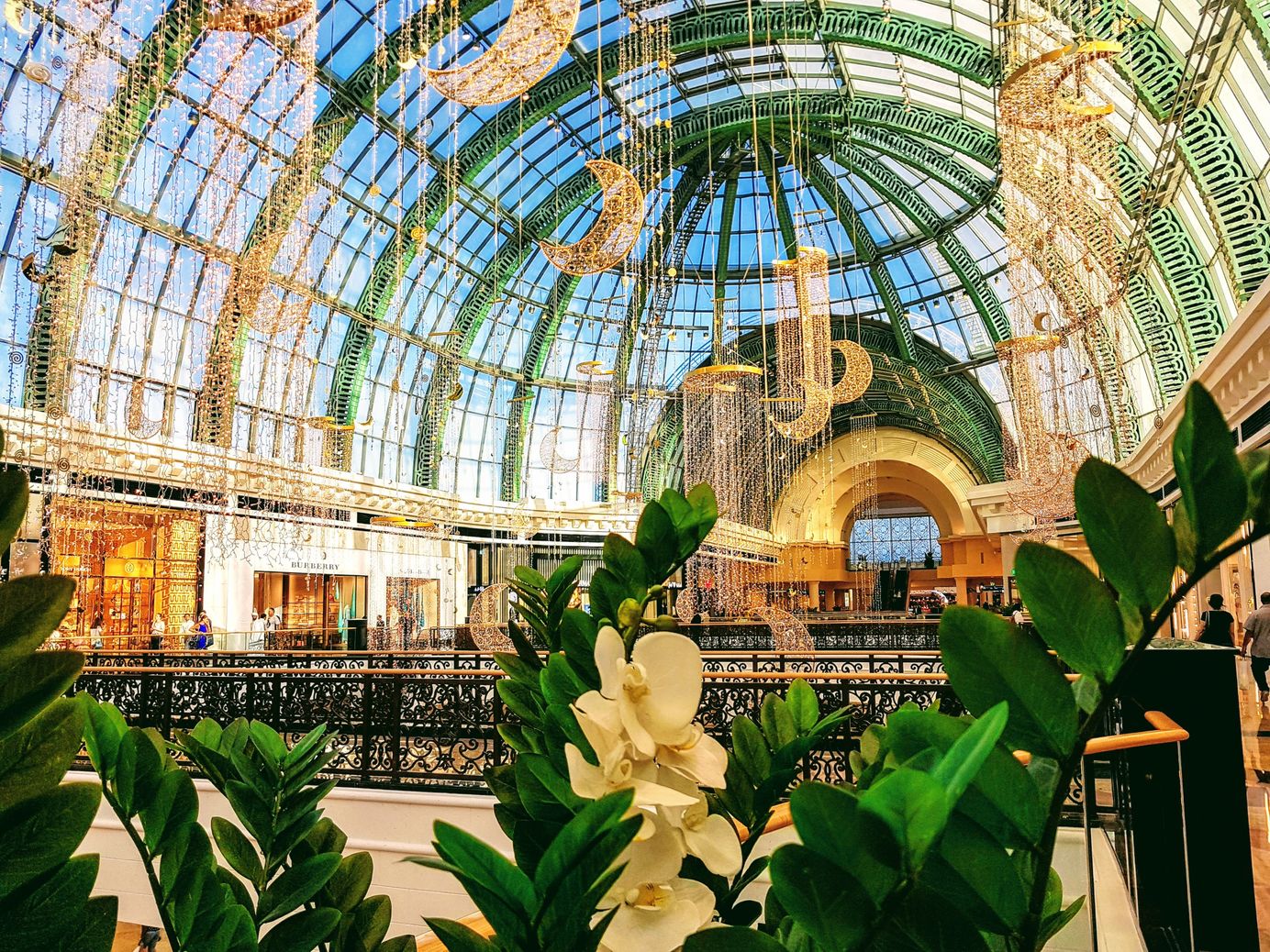
How to Bring the Outdoors Inside
Biophilic design is a concept that encourages the use of natural elements to bring the outside world, inside. It provides both physical and psychological benefits.
Taking time to create an environment that promotes good health has always been important, but now more than ever it is a great idea to learn about all the ways your home’s atmosphere can be improved to provide benefits to your wellbeing! Biophilic design is a concept that encourages the use of natural elements to bring the outside world, inside. This not only allows us to reconnect with nature, but it provides physical and psychological health benefits as well.
What is Biophilic Design?
By definition, biophilia is a tendency to interact with nature. There are many different patterns and elements that can constitute a biophilic design. These patterns can be achieved either through physical elements or through designs that mimic the natural world.
The principles of biophilic design from Stephen R. Kellert and Elizabeth F. Calabrese are:
1) A sustained engagement with nature
2) A focus on human adaptation to the natural world that has advanced our health and well-being
3) An emotional attachment to particular places
4) Promotion of positive interaction between people and nature
5) Interconnected and integrated architectural solutions
The concept of biophilic design can be further broken down into different categories and patterns. You can choose to take inspiration from all, or just one! There are generally 14 of these defined patterns and they fall under “Nature in the Space”, “Nature Analogs and Patterns”, and “Nature of the Space”.
Nature in the Space
The patterns in this category are:
- A visual connection to nature
- Non-visual connection to nature
- Non-rhythmic sensory stimuli
- Thermal and airflow
- Presence of water
- Dynamic and diffuse light
- Connection with natural systems
This category encompasses a wide range of design opportunities, but it is a great place to start! The best and most common way to achieve this is by adding physical elements of nature indoors.
A great way to implement this concept is through the addition of plants, aquariums, and even using natural materials such as wood or stone. For example, you can add plants to your home as a focal point. Consider getting creative with the addition of greenery and adding some hanging plants, perhaps even creating a vertical indoor garden, if space is an issue.
Adding visual elements of nature reduces stress and even leads to improved concentration. If you are in an office and adding natural elements is not possible for you, simply move desks and workspaces next to windows. By doing this, you are experiencing the natural sunlight and you can visually see nature outdoors.
Another way to approach this concept is by utilizing your remaining senses--mainly via sounds, textures, and smells. For example, your space can have fragrant flowers or textured surfaces that mimic natural patterns. It can be accessible to a water feature such as an ocean, or perhaps you may have a fountain in your office building.
Some more ways to approach this category could be by creating spaces that are not stuffy and compact, but rather are light and airy. Think less dark cubicles, more open space, and big windows. If possible, rooftop gardens are a great way to reconnect with nature while staying in tune with the changing seasons as well. This is a great way to maintain a connection with natural systems, as the environment is constantly changing while we stay sheltered inside of our homes or office buildings.
Nature Analogs and Patterns
The patterns in this category are:
- Biomorphic forms and patterns
- Material connection with nature
- Complexity and order
This category focuses more on the architectural design element of biophilic design and it considers the idea of using materials that mimic nature. There are many naturally occurring patterns and shapes that can be implemented in an indoor design.
For example, honeycombs are a very common pattern that can be implemented in our everyday lives. Consider adding accent walls with this pattern, or purchasing bookshelves or other furniture that may incorporate this organic design or any other naturally occurring shape. The main idea is that instead of using shapes or patterns that are human-made, you can implement naturally available designs into your everyday life!
Another way to consider this category is through the use of materials. When designing an indoor space, try to use as many natural kinds of wood and stones as possible. This can be either through the original design of the walls or through the furniture and decor in the space.
Implementing biophilic design does not just have to be through the use of physical plants and water, the idea of using natural materials and naturally occurring shapes is also a great way to begin to transform or design your space.
Nature of the Space
The patterns in this category are:
- Prospect
- Refuge
- Mystery
- Risk and Peril
This last category focuses on how we relate to our environment and how we can implement the designs of the natural world.
The main ideas in this section include the methods we can draw from to create open spaces, and draw us into those environments. This is a great concept to think about if you are actually designing and building your property from the ground up. With some additional research, you will find ways that you can design your interior space to match the open and breathable nature of the outdoors.
This category has a lot to do with our perspectives and how we perceive our environment but an easy way to implement it can be through the use of open concept floor plans, balconies, or even mezzanines.
Biophilic design encompasses a lot of different concepts and patterns. An easy way to start without getting too overwhelmed could be to just find ways to incorporate physical natural elements into your space, as well as arranging the furniture and decor in such a way where you will feel the sense of a light, airy, and breathable natural environment. If you are designing your property, or wish to do so, then implementing biophilic design from the beginning is a great way to receive the benefits of this relationship between humans and nature.








